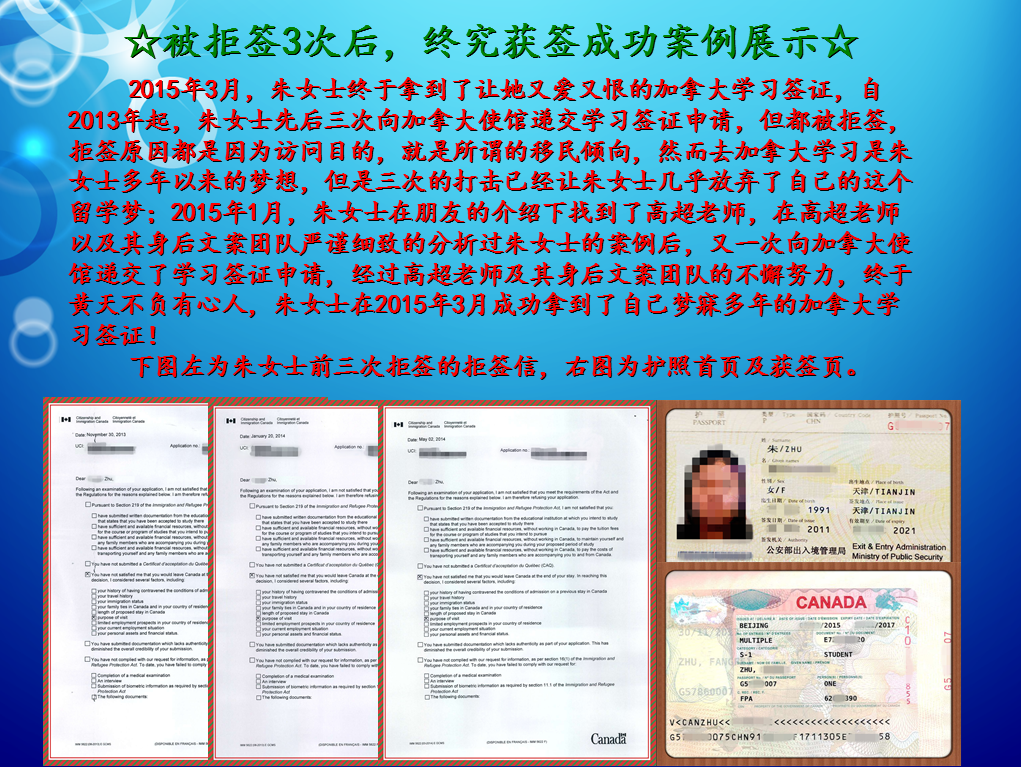SAT阅读素材:How We Learn.
2017-08-05 160阅读
下面澳际小编为大家整理一篇关于How We Learn 的SAT阅读素材文章,供大家学习,大家平时也可以多关注和积累,自己搜集整理一些比较好的SAT阅读考试素材,帮助自己更好地备考SAT阅读考试。
All learning tasks are not created equal. The learning tasks we give up on are the ones that let us down with regard to learning. They do a bad job of structuring our learning experience, leaving us bored or frustrated. To be fective, game environments must be structured around how we learn.
Carnegie Mellon’s Eberly Center for Teaching Excellence has amassed a set of basic principles that describe the learning process . Following are four of these key principles, with examples of how each plays out in traditional training and in game-based learning.
Principle 1: Students’ prior knowledge can help or hinder learning. Obviously, learners who have accurate prior knowledge of a given subject matter tend to have a leg up. But what about a learner whose prior knowledge is wrong? As an example, consider an experienced worker who is practicing loading dock safety procedures. He may “know” that he’s supposed to look behind him when backing up in a forklift—but if he’s worked on mostly quiet loading docks in the past, he may have developed the bad habit of merely listening for potential rear obstacles. In a traditional lecture-based setting, his buried misconception might surface only at test time, if at all—rendering unreliable his related “learning” up to that point. With game-based learning tools, misconceptions about core learning goals are quickly apparent. For example, in-game, his failure to look behind him bore backing up would result in an immediate, negative consequence (e.g., crashing a forklift, hurting his virtual self or striking a pedestrian). As a result, he could rapidly self-correct and move on to more advanced learning based on a sound foundation.
Principle 2: Students’ motivation determines, directs and sustains what they do to learn. The digital generation that makes up a large part of today’s workforce is notoriously unmoved by traditional, lecture and tutorial-based training approaches. On the other hand, they are very comfortable with videolearning tasks and game-based learning. According to game-based learning experts, learners tend to be highly motivated by in-game feedback such as scores and evaluations. For example, many learners using the loading dock safety game play again and again until they achieve a perfect safety score. In the process (and sometimes without consciously realizing it), they learn how to operate within the game environment; actively think, experiment and learn how to safely accomplish their work; and practice their “lessons learned” to develop consistent and productive thought processes.
Principle 3: To develop mastery, students must acquire component skills, practice integrating them, and know when to apply what they have learned. Learning is a process that happens in bite-sized chunks, each learner working at a different pace. Thoughtfully designed, passive training programs follow this process, but primarily do so on a group basis. This means that slower students often struggle, and faster students become bored. The focus tends to necessarily be on learning facts or rules, with limited opportunities to apply them. In contrast, good game-based learning is tailored to each learner. For example, in the loading dock game, a learner begins with basic concepts such as putting on protective gear. She cannot advance in the game until she performs this step correctly. As she chooses actions that demonstrate her mastery of interim learning goals, she moves on to more advanced challenges. Even more important, because the game represents an active, realistic learning environment, the focus is on learning, through consequences, to apply the right knowledge at the right time.
Principle 4: Goal-directed practice coupled with targeted feedback enhances the quality of students’ learning. As discussed, traditional training cannot provide a constant, individualized and highly motivating level of feedback. In addition, traditional classroom and tutorial-type training methods do not give learners the opportunity to repeatedly practice thought processes and skills in a realistic environment. An fective game for loading dock workers establishes motivational goals relevant to actual loading dock work. As learners progress, when they make a mistake, they experience immediate in-game consequences (e.g., failure to put on a hard hat results in a falling beam to the head). Additional feedback, which comes through alerts, scores, and post-game reports, motivates learners to continue practicing until they master the game’s learning goals—and provides the information they need to get there.
每一篇SAT阅读素材均有其主要观点或中心主题。典型的围绕文章主要观点的问题大多是:在这篇文章中作者的主要目的是什么?这篇文章主要涉及什么问题?这篇文章主要建议是什么?这篇文章总体上想要回答什么问题等。读完每一篇SAT阅读素材,我们都要针对SAT素材想想这几个问题。
SAT阅读考题重点考察考生的美国大学教材的快速阅读能力、理解能力及判断能力。以上就是澳际小编为大家整理的关于How We Learn 的SAT阅读素材的详细内容,希望对大家有所帮助,澳际小编祝大家都能取得理想的SAT阅读考试成绩!
留学咨询
更多出国留学最新动态,敬请关注澳际教育手机端网站,并可拨打咨询热线:400-601-0022
留学热搜
相关推荐
- 专家推荐
- 成功案例
- 博文推荐

Copyright 2000 - 2020 北京澳际教育咨询有限公司
www.aoji.cn All Rights Reserved | 京ICP证050284号
总部地址:北京市东城区 灯市口大街33号 国中商业大厦2-3层









高国强 向我咨询
行业年龄 12年
成功案例 3204人
留学关乎到一个家庭的期望以及一个学生的未来,作为一名留学规划导师,我一直坚信最基本且最重要的品质是认真负责的态度。基于对学生和家长认真负责的原则,结合丰富的申请经验,更有效地帮助学生清晰未来发展方向,顺利进入理想院校。
Amy GUO 向我咨询
行业年龄 17年
成功案例 4539人
一切的一切从现在开始.用自己的态度闯出一片天
薛占秋 向我咨询
行业年龄 11年
成功案例 1869人
从业3年来成功协助数百同学拿到英、美、加、澳等各国学习签证,递签成功率90%以上,大大超过同业平均水平。
Tara 向我咨询
行业年龄 7年
成功案例 1869人